Charles E. Baukal Jr.9780849316999, 0-8493-1699-5
Table of contents :
HEAT TRANSFER IN INDUSTRIAL COMBUSTION……Page 1
Preface……Page 3
About the Author……Page 4
Acknowledgment……Page 5
Nomenclature……Page 6
Table of Contents……Page 8
1.1.2 Research Needs……Page 18
Table of Contents……Page 0
1.2.1 Heat Transfer……Page 23
1.2.3 Heat Transfer and Combustion……Page 24
1.3.1 Burners……Page 25
1.3.1.1 Competing Priorities……Page 26
1.3.1.2 Design Factors……Page 27
1.3.1.2.1 Fuel……Page 28
1.3.1.2.2 Oxidizer……Page 29
1.3.1.3.1 Mixing type……Page 30
1.3.1.3.2 Oxidizer type……Page 31
1.3.1.3.3 Draft type……Page 33
1.3.2.1.1 Load handling……Page 35
1.3.2.2.1 Load processing method……Page 36
1.3.2.2.3 Geometry……Page 37
1.3.3.2 Moving Substrate……Page 38
1.3.3.4 Transparent Materials……Page 39
1.3.4.2 Regenerators……Page 40
References……Page 41
2.1.1 Fuel Properties……Page 45
2.1.3 Mixture Ratio……Page 46
2.1.4 Operating Regimes……Page 49
2.2.1.1 Oxidizer Composition……Page 50
2.2.1.2 Mixture Ratio……Page 53
2.2.1.3 Air and Fuel Preheat Temperature……Page 54
2.2.2.1 Oxidizer and Fuel Composition……Page 56
2.2.2.2 Mixture Ratio……Page 57
2.2.3 Available Heat……Page 59
2.2.4 Flue Gas Volume……Page 62
2.3 Exhaust Product Transport Properties……Page 64
2.3.1 Density……Page 65
2.3.2 Specific Heat……Page 67
2.3.3 Thermal Conductivity……Page 69
2.3.4 Viscosity……Page 71
2.3.5 Prandtl Number……Page 74
2.3.6 Lewis Number……Page 76
References……Page 80
3.2 Convection……Page 81
3.2.1.1 Forced Convection from Flames……Page 82
3.2.2.1 Natural Convection from Flames……Page 84
3.3 Radiation……Page 85
3.3.1 Surface Radiation……Page 88
3.3.2.1 Theory……Page 98
3.3.2.2.1 Total radiation……Page 106
3.3.2.2.2 Spectral radiation……Page 114
3.3.3.1 Theory……Page 118
3.3.3.2 Combustion Studies……Page 121
3.3.3.2.1 Total radiation……Page 122
3.3.3.2.2 Spectral radiation……Page 124
3.4 Conduction……Page 125
3.4.1 Steady-State Conduction……Page 126
3.4.2 Transient Conduction……Page 129
3.5.2 Boiling……Page 130
3.5.2.2 External Boiling……Page 132
References……Page 133
4.1.1.2 Volatile Combustion……Page 139
4.1.2 Thermochemical Heat Release……Page 140
4.1.2.1 Equilibrium TCHR……Page 142
4.2 Heat Sinks……Page 143
4.2.1.1 Tubes……Page 144
4.2.1.3 Granular Solid……Page 145
4.2.1.4 Molten Liquid……Page 147
4.2.1.5 Surface Conditions……Page 148
4.2.1.5.1 Radiation……Page 149
4.2.1.5.2 Catalyticity……Page 150
4.2.2 Wall Losses……Page 156
4.2.3.2 Gas Flow Through Openings……Page 159
References……Page 161
5.1 Combustion Modeling……Page 164
5.2 Modeling Approaches……Page 165
5.2.1 Fluid Dynamics……Page 166
5.2.1.3 Spectral Methods……Page 167
5.2.2.1 Zero-Dimensional Modeling……Page 168
5.2.2.3 Multidimensional Modeling……Page 169
5.2.3.2 Simplified Chemistry……Page 170
5.2.4.1 Nonradiating……Page 171
5.2.4.2 Participating Media……Page 172
5.2.5.1 Steady State……Page 173
5.4 Computational Fluid Dynamic Modeling……Page 174
5.4.2 Potential Problems of CFD……Page 176
5.4.3.1 Fluid Dynamics……Page 177
Turbulence Model Parameters……Page 179
Comparison of Techniques for Modeling Radiative Heat Transfer……Page 181
5.4.3.3 Chemistry……Page 185
5.4.4 Boundary and Initial Conditions……Page 186
5.4.4.1 Inlets and Outlets……Page 187
5.4.5 Discretization……Page 188
5.4.5.1 Finite Difference Technique……Page 189
5.4.5.3 Finite Element Technique……Page 190
5.4.7 Model Validation……Page 191
5.4.8.1 Modeling Burners……Page 192
5.4.8.2 Modeling Combustors……Page 193
References……Page 196
6.2.1 Total Heat Flux……Page 209
6.2.1.2.2 Multiple cooling circuits……Page 210
6.2.1.3.3 Heat flux transducer……Page 211
6.2.1.5 Transient Uncooled Gages……Page 212
6.2.1.5.1 Slug calorimeter……Page 213
6.2.2.1 Heat Flux Gage……Page 214
6.2.2.2 Ellipsoidal Radiometer……Page 217
6.2.2.4 Other Techniques……Page 218
6.2.3 Convective Heat Flux……Page 220
6.3.1.1 Suction Pyrometer……Page 221
6.3.1.3 Fine Wire Thermocouples……Page 223
6.3.2.1 Embedded Thermocouple……Page 227
6.3.2.2 Infrared Detectors……Page 228
6.4.1.1 Pitot Tubes……Page 230
6.4.1.2 Laser Doppler Velocimeter……Page 232
6.4.2.1 Stagnation Velocity Gradient……Page 233
6.4.2.2 Stagnation Zone……Page 234
6.6 Other Measurements……Page 235
References……Page 237
7.1 Introduction……Page 245
7.2 Experimental Conditions……Page 247
7.2.1 Configurations……Page 248
7.2.1.1 Flame Normal to a Cylinder in Crossflow……Page 249
7.2.1.3 Flame Normal to a Plane Surface……Page 250
7.2.2.1 Oxidizers……Page 252
7.2.2.3 Equivalence Ratios……Page 254
7.2.2.6 Burners……Page 257
7.2.3 Stagnation Targets……Page 260
7.2.3.1 Size……Page 261
7.2.3.3 Surface Preparation……Page 262
7.3 Semianalytical Heat Transfer Solutions……Page 264
7.3.1 Equation Parameters……Page 271
7.3.1.1 Thermophysical Properties……Page 272
7.3.1.2.1 Analytical solutions……Page 275
7.3.1.2.2 Empirical correlations……Page 276
7.3.2.2 Fay and Riddell Results……Page 277
7.3.3.1 Forced Convection (Negligible TCHR)……Page 278
7.3.3.1.2 Turbulent flow……Page 279
7.3.3.2.1 Laminar flow……Page 280
7.3.4.1 Laminar Flames Without TCHR……Page 282
7.3.4.2 Turbulent Flames Without TCHR……Page 283
7.3.5 Summary……Page 284
7.4 Empirical Heat Transfer Correlations……Page 285
7.4.2 Flames Impinging Normal to a Cylinder……Page 286
7.4.2.2.1 Laminar flows……Page 287
7.4.2.4.1 Laminar and turbulent flows……Page 288
7.4.3.1.1 Laminar and turbulent flows……Page 289
7.4.4.1.1 Laminar flows……Page 290
7.4.4.1.2 Turbulent flows……Page 291
7.4.4.3.1 Laminar flows……Page 293
7.4.5.1.2 Turbulent flows……Page 294
References……Page 295
8.2.2 Flame Luminosity……Page 299
8.2.3 Firing Rate Effects……Page 301
8.2.4 Flame Shape Effects……Page 306
Length Equation……Page 309
8.3 Radiant Burners……Page 310
8.3.1 Perforated Ceramic or Wire Mesh Radiant Burners……Page 314
8.3.2 Flame Impingement Radiant Burners……Page 315
8.3.3 Poruous Refractory Radiant Burners……Page 316
8.3.4 Advanced Ceramic Radiant Burners……Page 321
8.3.6 Radiant Tube Burners……Page 325
8.4.1.3 Gaseous Fuels……Page 330
8.4.1.4 Fuel Temperature……Page 331
8.4.2.2 Oxidizer Temperature……Page 332
8.4.3 Staging Effects……Page 334
8.4.3.1 Fuel Staging……Page 335
8.4.4 Burner Orientation……Page 336
8.4.4.1 Hearth-Fired Burners……Page 337
8.4.4.2 Wall-Fired Burners……Page 338
8.4.4.3 Roof-Fired Burners……Page 339
8.4.5 Heat Recuperation……Page 340
8.4.5.1 Regenerative Burners……Page 341
With and Without Air Preheating……Page 342
8.4.5.2 Recuperative Burners……Page 343
8.4.6 Pulse Combustion……Page 345
8.5 In-Flame Treatment……Page 348
References……Page 351
9.1 Introduction……Page 358
9.2 Furnaces……Page 359
9.2.1.2 Indirect Firing……Page 360
9.2.1.3 Heat Distribution……Page 362
9.2.2.1 Batch Processing……Page 363
9.2.2.2 Continuous Processing……Page 364
9.2.3.1 Gaseous Medium……Page 365
9.2.3.3 Liquid Medium……Page 366
9.2.4 Geometry……Page 367
9.2.4.1 Rotary Geometry……Page 368
9.2.4.3 Ladle Geometry……Page 371
9.2.5.1 Reverberatory Furnace……Page 373
9.2.5.3 Rotary Furnace……Page 375
9.3 Heat Recovery……Page 376
9.3.2 Regenerators……Page 377
9.3.3.2 Furnace Gas Recirculation……Page 379
References……Page 380
10.2.1 Predryer……Page 381
10.2.2 Dryer……Page 384
10.3 Fired Heaters……Page 387
10.3.1 Reformer……Page 388
10.3.2 Process Heater……Page 390
10.4 Heat Treating……Page 396
10.4.2 Special Atmosphere……Page 399
References……Page 403
11.1.2 Industries……Page 406
11.2.1.1 Electric Arc Furnace……Page 407
11.2.1.3 Ladle Preheating……Page 410
11.2.1.4 Reheating Furnace……Page 413
11.2.1.5 Forging……Page 418
11.2.2 Aluminum Metal Production……Page 419
11.3 Minerals Industry……Page 421
11.3.1 Glass……Page 422
11.3.1.4 Regenerative or Siemens Furnace……Page 423
11.3.1.4.2 Side-port regenerative furnace……Page 424
11.3.1.5 Oxygen-Enhanced Combustion for Glass Production……Page 425
11.3.1.6 Advanced Techniques for Glass Production……Page 427
11.3.2 Cement and Lime……Page 428
11.4 Waste Incineration……Page 430
11.4.1.1 Municipal Waste Incinerators……Page 433
11.4.1.2 Sludge Incinerators……Page 434
11.4.1.4 Transportable Incinerators……Page 435
11.4.1.5 Fixed Hazardous Waste Incinerators……Page 436
11.4.2 Heat Transfer in Waste Incineration……Page 437
References……Page 439
12.2 Oxygen-Enhanced Combustion……Page 443
12.2.1.1 Air Enrichment……Page 444
12.2.1.3 Oxy/Fuel……Page 445
12.2.1.4 Air-Oxy/Fuel……Page 446
12.2.3.1 Increased Productivity……Page 447
12.2.3.4 Increased Flexibility……Page 448
12.2.4.1 Refractory Damage……Page 449
12.2.5.2 Minerals……Page 450
12.3.1 Metals Production……Page 451
12.3.2 Minerals Production……Page 453
12.4 Miscellaneous……Page 454
12.4.2 Direct-Fired Cylinder Dryer……Page 455
References……Page 456
Appendix A: Reference Sources for Further Information……Page 458
Appendix B: Common Conversions……Page 460
Temperature Conversions……Page 461
Appendix C: Methods of Expressing Mixture Ratios for CH4, C3H8, and H2……Page 462
Appendix D: Properties for CH4, C3H8, and H2 Flames……Page 468
E.1 Fluid Dynamics Equations in Cylindrical Coordinates……Page 505
E.2 Fluid Dynamics Equations in Spherical Coordinates……Page 506
Appendix F: Material Properties……Page 508
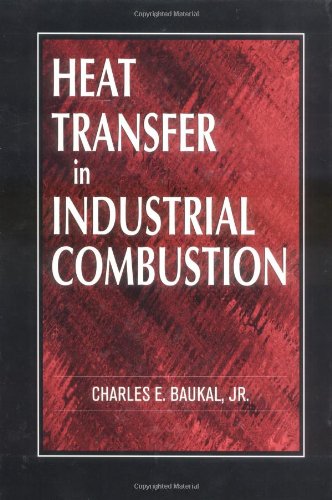
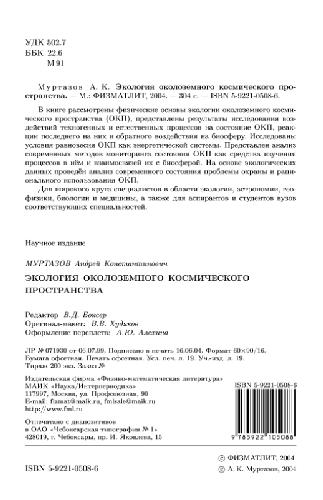

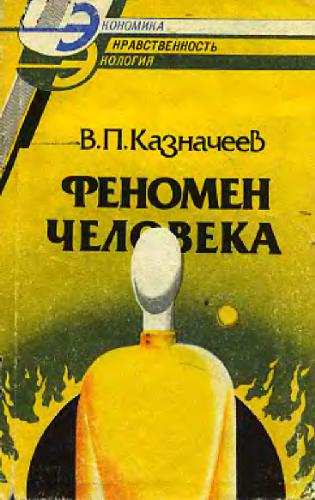
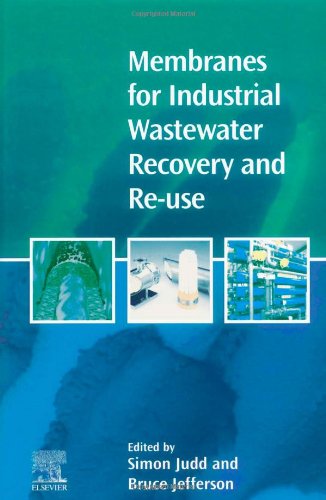

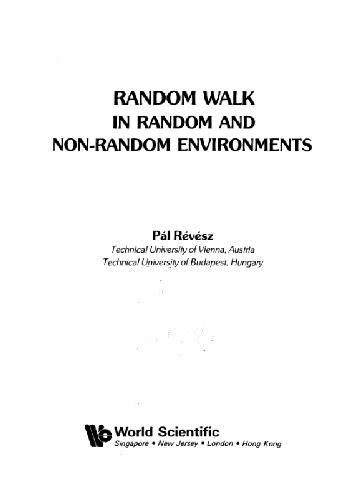
Reviews
There are no reviews yet.